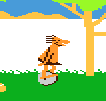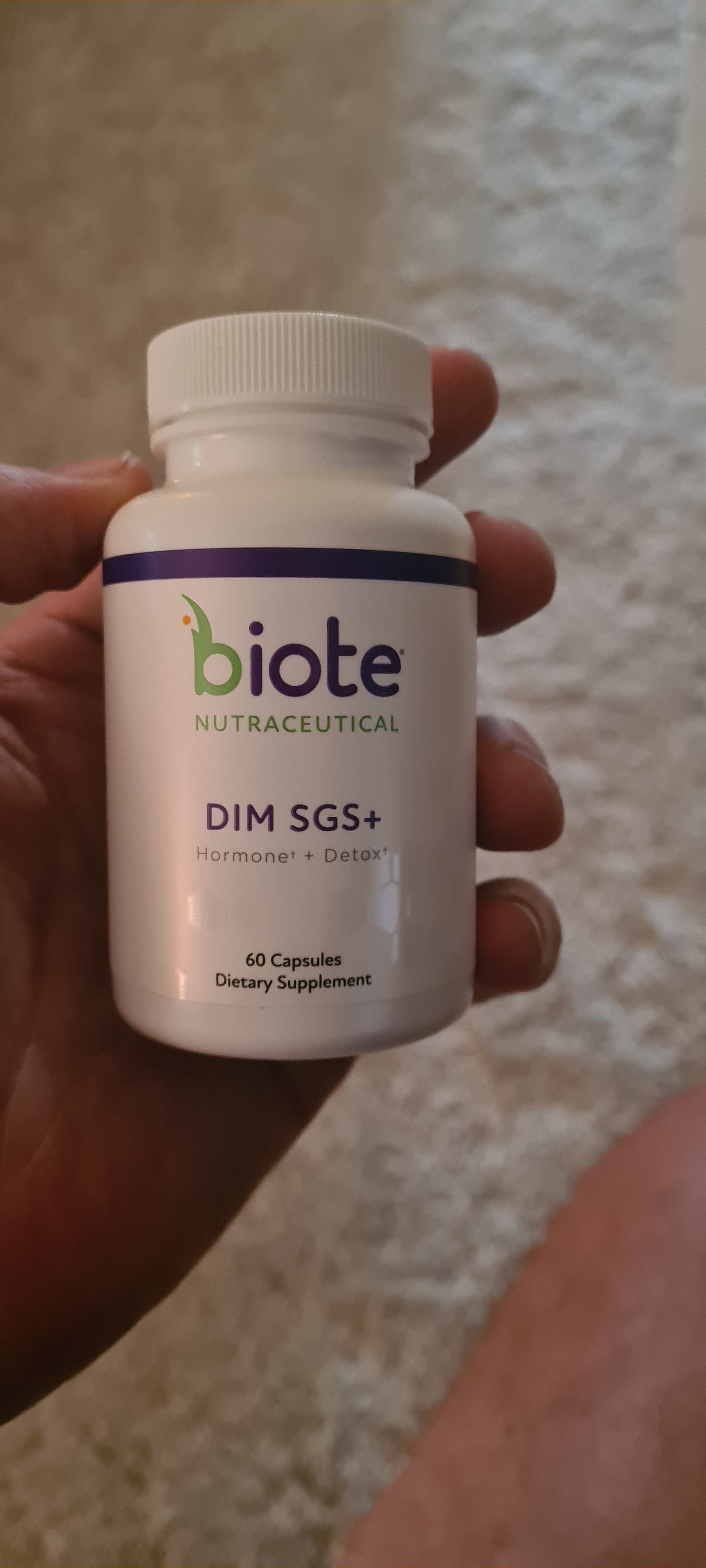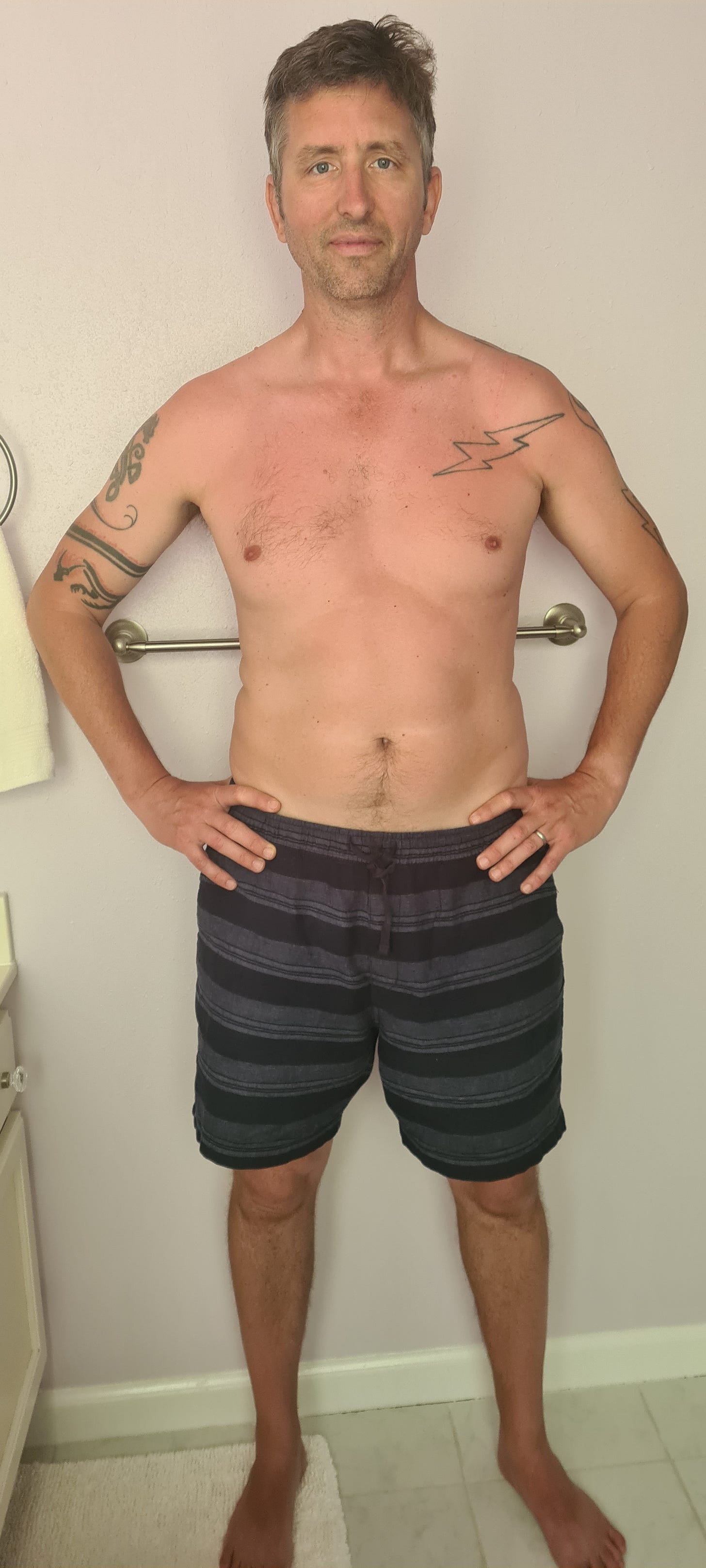Hi All,
My name is Daniel Pace, the forty-four-year-old author of It Was What It Was: A Tale of the 1st Infantry Division in Iraq and Grey Zone Ethics, and a recently retired Special Forces Officer.
As part of the process of figuring out civilian life, I’m tackling a number of challenges that I put on hold while I was in the service. One of these is seeing if I can figure out how to stop feeling like run-down crap all the time.
See, while I was Green Beret-ing, I got blown up a bunch. This is a common occurrence in that business, but it left me with a bunch of traumatic brain injuries, and over time, those (and probably other factors) left me with a shortage of testosterone.
That’s right, I’m low on the Big T. I said it in public. I sleep like crap, my body composition has sagged, I have significantly less energy than I’m used to having, my brain feels foggy, and I’m *ahem* a bit less interested in the bedroom than I’d like.
No problem, right? If you’re low on T, then you go get a prescription for some more T and get fixed up. Boom. Done.
The trouble is, there are a bunch of different ways to do that, and the Internet is full of folks with opinions on which ones are good, bad, and the worst thing ever. Also, because of the sensitivity surrounding being low on T, a good number of my buddies are uncomfortable discussing (or even considering) it. I mean we’re Green Berets, right? We pretty much define manly, so we definitely couldn’t be short on the manly hormone, right?
Wrong.
I decided to start this Substack to share my experience with one method of testosterone supplementation, Biote’s bioidentical testosterone pellets. My plan is to catalogue my experience over the next year, week by week, to give folks in my - and other - communities a data point to consider when making their own decisions on whether and how to supplement.
Of course, this method might be awesome for me, or it might suck horribly, and neither of those outcomes necessarily means anything for you. Hopefully, though, my experience will provide you with a bit of useful information. Or at least it’ll give you a good laugh at my expense.
One caveat before I get to day zero - I’m not a doctor. I don’t know anything about medicine other than how to stop a bleeding gunshot wound, and I wouldn’t begin to know how to offer medical advice. My experience here is just that - my experience. Don’t take anything I say or any of the results I have as advice on what you should do!
That being said, if you have any questions on specific stuff I don’t cover, let me know, and I’ll update / respond / include in future updates.
So, without further ado, here’s the backstory of our upcoming adventure:
Week 0:
Weekly Summary:
My wife and I decided to use Biote’s pellets after a long string of failed alternative solutions.
We try to live a fairly crunchy lifestyle, so we spent the last year trying a variety of dietary, lifestyle, and supplementation solutions to see if we could solve the problems I was having in a less-interventive manner than hormone replacement, but nothing really worked. After a year, I was less fat, less sluggish, and less foggy than before, but none of my metrics were where I wanted them to be.
That left me with testosterone supplementation. But which kind of supplementation should I use? Daily or weekly injections? Cream? Pellets? Synthetic? Bioidentical?
In the end, after much YouTube, a million articles, and a ton of Reddit, we decided on bioidentical pellets.
Pellet treatment is a biannual process where you get a bunch of soda-straw-width, half-inch-long pellets of testosterone embedded in your butt cheek. Over the course of six months, these pellets release enough testosterone into your system to keep you at the upper end of a normal adult male level.
We’ve got a clinic that conducts this treatment not too far from our house in Northwest Florida, and the price was reasonable - about 650 bucks every six months - so I called the clinic to make an appointment.
Before starting the treatment, the office ran my bloodwork and took my biometrics. Here’s where I was when I started:
Weight: 202 lbs.
Free Testosterone: 5.3
Total Testosterone: 507
On the 25th of April, blood tests in hand, I walked into the clinic.
The staff had me fill out all the normal paperwork, took me to the back room, and counseled me on the pellet process and risks. I signed my waivers, laid on my side for about ten minutes, got a shot of lidocaine, and tried to relax while the nurse jammed 10 pellets of testosterone into my right butt-cheek. My wife watched and said the procedure looked pretty gruesome, but I didn’t feel anything more than a bit of pressure.
I went home, went to bed, and woke up this morning without much pain. My butt cheek felt like it was bruised, but nothing more than that. I slept well, although I woke up about an hour earlier than usual. Otherwise, I felt about like always.
Given some of the horror stories I’ve read about people’s comfort level after getting pelletted, I took this as a good sign.
The nurse’s guidance was to take a week off exercise and stay out of the ocean, so I’ll be taking it easy this week while the injection site heals and the pellets settle in.
Baseline Data: One challenge of a project like this is recognizing and communicating change. ‘How do you feel?’ is a really open-ended question, and I want to ensure I’m not committing to a treatment protocol that I’m not sure is working. Below are the categories I’ll be using to capture change. This week, they’ll lay out my baselines to provide a standard for comparison. You can use them as a comparative tool to see how my lifestyle differs from yours and how that might affect your experience if you choose this method of supplementation.
Nutrition / Supplementation: One of the reasons we’re starting this treatment is that we’re only willing to go so far with lifestyle changes. Over the last year, I cut bread, I cut dairy, I cut alcohol, and I cut pork. My wife and I enjoy food and travel, and after a few months, the changes became unwieldy, impractical and unpleasant. We determined that we needed to find a solution that let us still enjoy our lives! That being said, our health profile isn’t too bad. In general, we have 2-3 drinks a week (old fashioneds are my favorite!), a balanced diet that includes meat, veggies, fruit, and sometimes refined sugar. We don’t portion control or count calories, and we let our bodies drive how much we eat.
On the supplementation side, I take the following daily:
Multivitamin
Magnesium threonate
Melatonin
Cod Liver Oil
B Vitamin Complex
Vitamin C
Vitamins D/K/Calcium
Vitamin E
Phosphatidylserine at night to help me sleep
and now DIM (Diindolylmethane - a highly recommended supplement I’m supposed to take while I’m using the pellets. It’s supposed to help with liver function and preventing my estrogen levels from getting too high during treatment.)
Energy / Exercise: I’m a pretty active guy. Maybe it’s a legacy from the military time, but if I don’t work out daily, I get achy and feel like crap. That being said, since retiring, my fitness focus has changed from improving my performance (in terms of reps, weight and time) to sustaining a lifestyle that gives me the juice to think clearly, move without pain, and perform all the tasks I need to in life. Here’s what that looks like:
2 days / week: Lifting. I use a derivative workout from the SOCOM THOR program. To those unfamiliar with the plan, it focuses on a 4-week model, with 3 weeks of the same Monday / Wednesday exercises that build from a light first week to a heavy third week, then a fourth week of lighter recovery work. The muscle groups rotate to promote muscle confusion, and the whole program is geared toward prehabilitation and injury prevention.
2 days / week: cardio. I live 10 minutes from the beach. I love the beach. As often as practical, my weekly cardio consists of barefoot runs in the sand and swims in the Gulf of Mexico. When that’s impossible (because of truly horrible weather), I run near my house or fire up a P90X3 cardio workout.
1 day / week: lifestyle exercise. I have five kids. We do something active once a week that varies from hikes, to trampoline parks, to beach days.
1 day / week: Stretching / yoga. I work stretching or yoga into my weeks at least once.
Mental Clarity / Productivity: As a writer and a guy with a full-time job, this is my number one focus and primary desired area for improvement. I write something every day, and I have all the normal meetings, arguments, phone calls, and overloaded in-boxes everyone else does.
My current challenges in this department are waking up foggy and running out of brain juice after lunch. This cuts down my productive hours and reduces the quality of the time I do have. If I had to put a number on it, I’d say my current mental clarity is sitting at about a 4/10, as compared to what I’m used to having.
Bedroom activity: I’ll keep this section PG, but we’re used to 3-4 reps a week, and since I’ve been having problems, we’re down to 1-2.
Final Thoughts for the week:
DIM apparently turns your urine completely orange. Orange like Fanta. Orange like an old fashioned. I discovered this after taking a leak and thinking my kidneys were bleeding or something. Luckily, Alycia and Google saved me from certain panic.
See you next week!
Week 0 photo:







